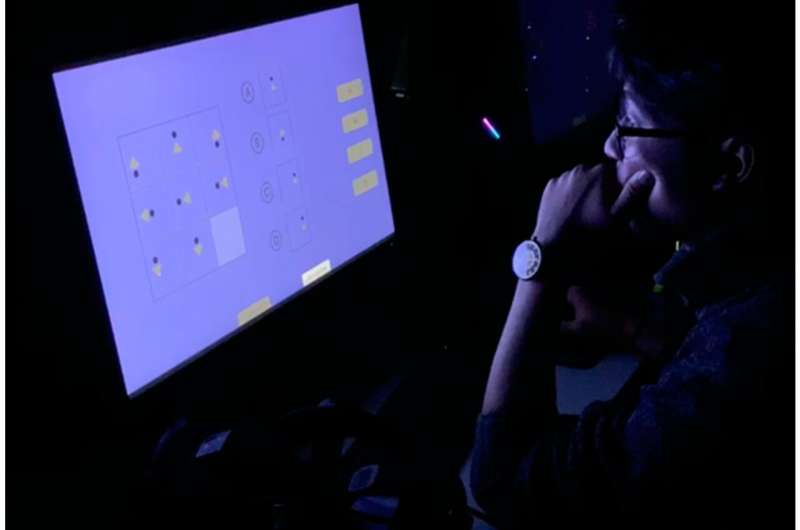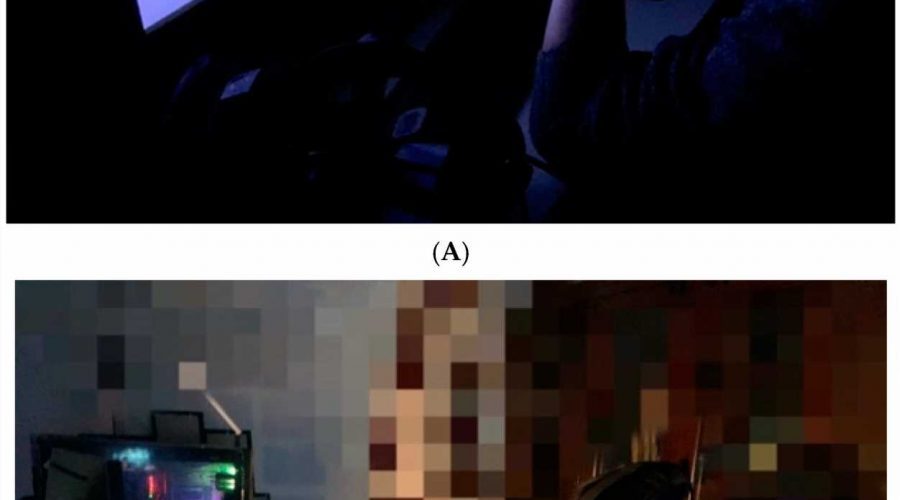Color affects people’s behavior differently in virtual reality

Color affects people differently in virtual reality than in the real world, according to a new study. An expert from Heriot-Watt University says the differences could be used by virtual reality designers to make the experience more immersive.
Guobin Xia, assistant professor of digital design and innovation at Heriot-Watt’s School of Textile and Design, set up experiments with 70 people. They were asked to carry out cognitive tasks, which measure things like memory, reasoning and decision making, in real life and in a virtual reality setting. Xia measured how they performed the tasks when faced with different colored backgrounds.
Xia said: “We know color affects people’s emotions and behavior—blues are calming, yellows are cheering, for example. We established that some colors affect people very differently in virtual reality settings. In the real world, red makes people most impulsive. But in virtual reality, orange gives the highest state of impulsivity. Green has the most positive effects on people’s logical and lateral thinking abilities, and their attention to detail in the real world and in VR.”
The pandemic led to a global boom in VR, says Xia, with retailers, workplaces, educators and travel companies all using more VR experiences for their users. “Better designed VR experiences will mean better customer and user engagement. Color can trigger positive engagement and improve cognitive performance—so designers could use this information to trigger buying behaviors or deep concentration. This proves that an immersive color experience is a critical tool that needs to be fully considered in the creation of VR applications.”
Source: Read Full Article
